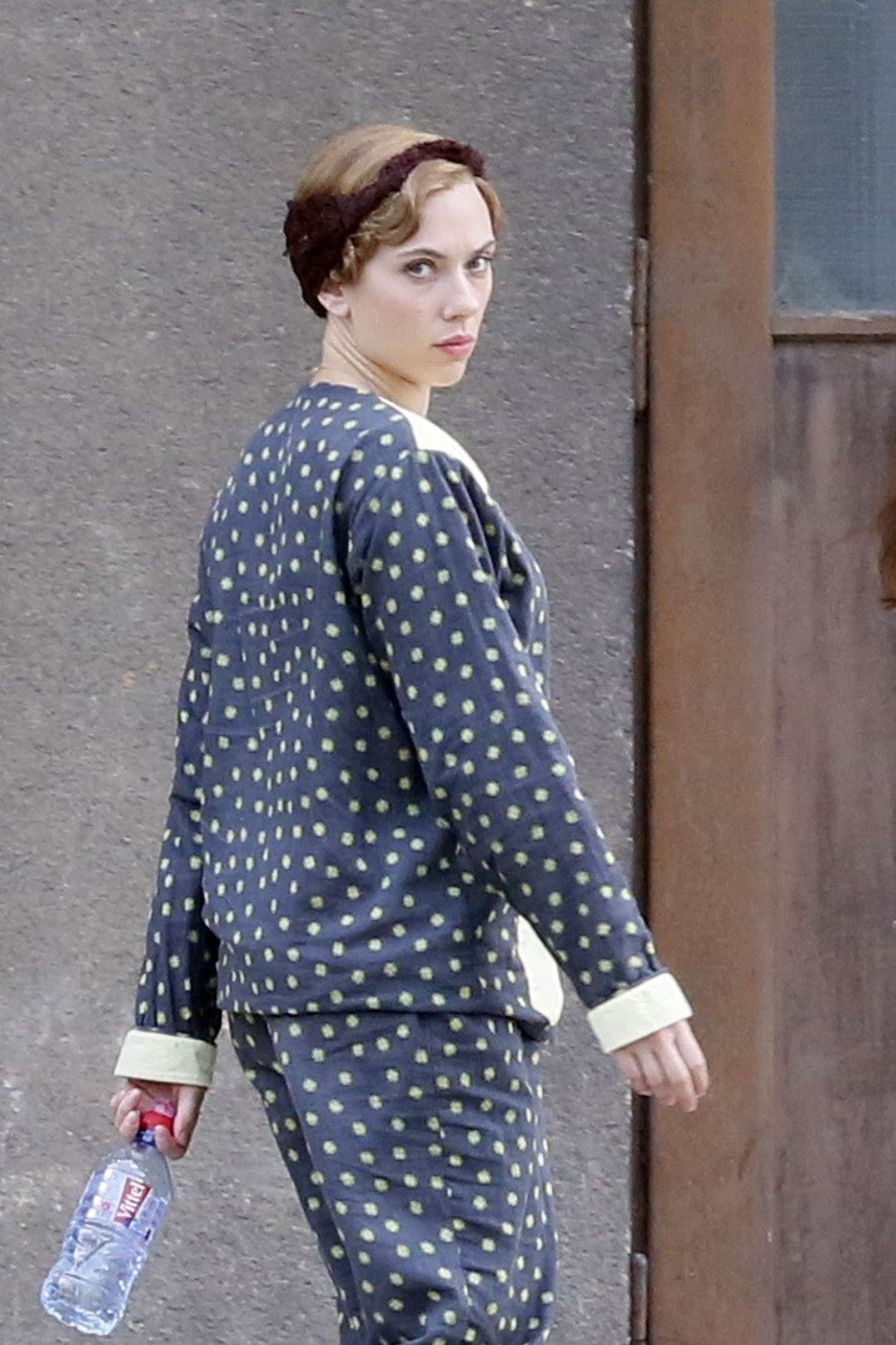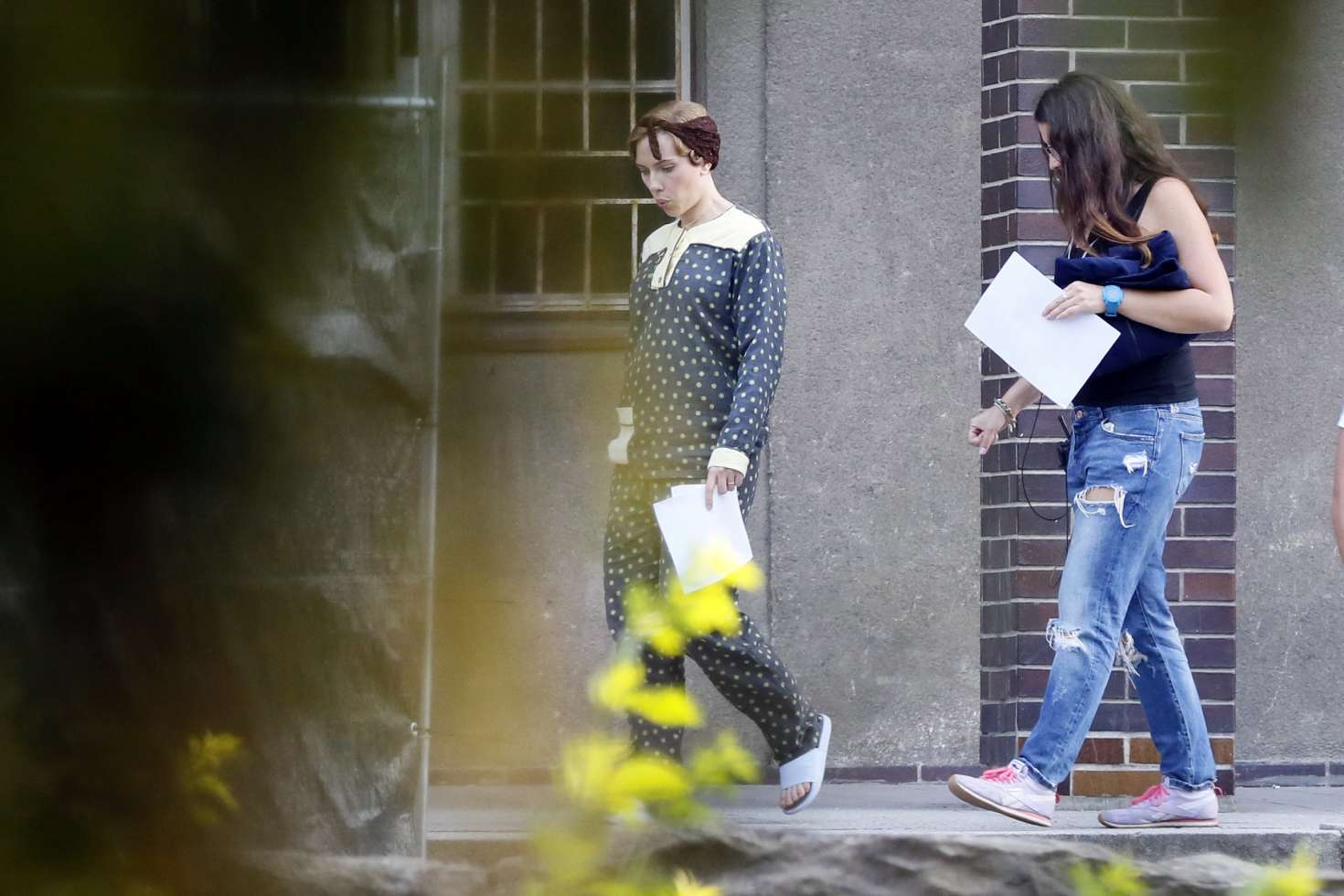In the picturesque city of Prague, the charming cobblestone streets and historic architecture provided the backdrop for Scarlett Johansson’s involvement in the making of the satirical World War II film “Jojo Rabbit.” Directed by the talented Taika Waititi, this cinematic venture showcased Johansson’s versatility as an actress against the unique setting of Prague. This exploration delves into the making of Jojo Rabbit, the role played by Scarlett Johansson, and the artistic collaboration that unfolded in the heart of Europe.

Prague, known for its rich cultural tapestry and cinematic appeal, set the stage for the filming of Jojo Rabbit. The city’s timeless charm and well-preserved historic sites became an integral part of the film’s aesthetic, providing a visually captivating environment that complemented the narrative’s satirical take on World War II.Scarlett Johansson’s Role: In Jojo Rabbit, Scarlett Johansson took on the role of Rosie Betzler, a character whose depth and complexity added layers to the film’s narrative. Rosie is the mother of the titular character, Jojo, played by Roman Griffin Davis. Johansson’s portrayal of Rosie showcased her ability to seamlessly navigate between genres, as she infused the character with a balance of warmth, strength, and humor.

Directed by the irreverent and imaginative Taika Waititi, Jojo Rabbit offered a unique perspective on the wartime experience. Waititi, known for his distinctive storytelling and offbeat humor, brought his creative vision to life in Prague. The city’s atmospheric streets and historical landmarks provided a canvas for Waititi’s directorial prowess, creating a visually compelling and emotionally resonant film.

Jojo Rabbit, based on the novel “Caging Skies” by Christine Leunens, employed satire to explore the impact of war on individuals and families. The film humorously tackled sensitive subjects, challenging traditional war film tropes. Scarlett Johansson’s role as Rosie became pivotal in conveying the emotional nuances of a mother navigating the challenges of wartime while maintaining a spirit of resilience.

Prague’s architectural marvels, including the Old Town Square, Charles Bridge, and Prague Castle, served as more than just a backdrop; they became characters in the film, enhancing the storytelling with their timeless allure. The city’s cinematic allure, captured by the lens of cinematographer Mihai Malaimare Jr., added a layer of authenticity to Jojo Rabbit’s satirical exploration.

Upon its release, Jojo Rabbit received critical acclaim for its bold approach to storytelling and the performances of its cast, including Scarlett Johansson. The film garnered several nominations and awards, with Johansson’s portrayal earning praise for its emotional depth and nuance. The success of Jojo Rabbit solidified the film as a testament to the power of satire in addressing serious themes.

Beyond its cinematic success, Jojo Rabbit left a lasting legacy in the world of film, showcasing the potency of satire in examining historical events. Scarlett Johansson’s involvement in the project further highlighted her commitment to diverse and thought-provoking roles. The film’s legacy continues to resonate, sparking conversations about the intersection of humor and tragedy in storytelling.

Scarlett Johansson’s participation in Jojo Rabbit, filmed against the enchanting backdrop of Prague, illuminated her ability to navigate the complexities of satire and wartime narratives. The collaboration between Johansson, Taika Waititi, and the city of Prague resulted in a cinematic masterpiece that not only entertained but also challenged traditional perspectives on World War II. Jojo Rabbit stands as a testament to the transformative power of storytelling and the enduring impact of a well-crafted film in the cultural landscape.



